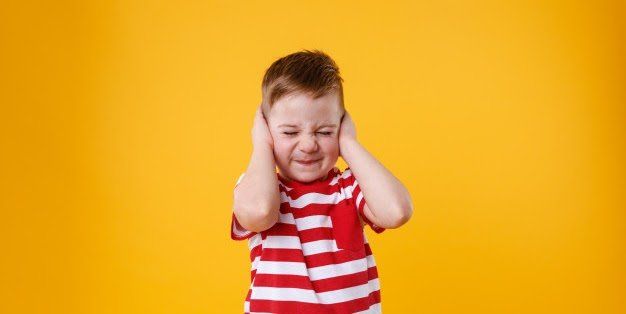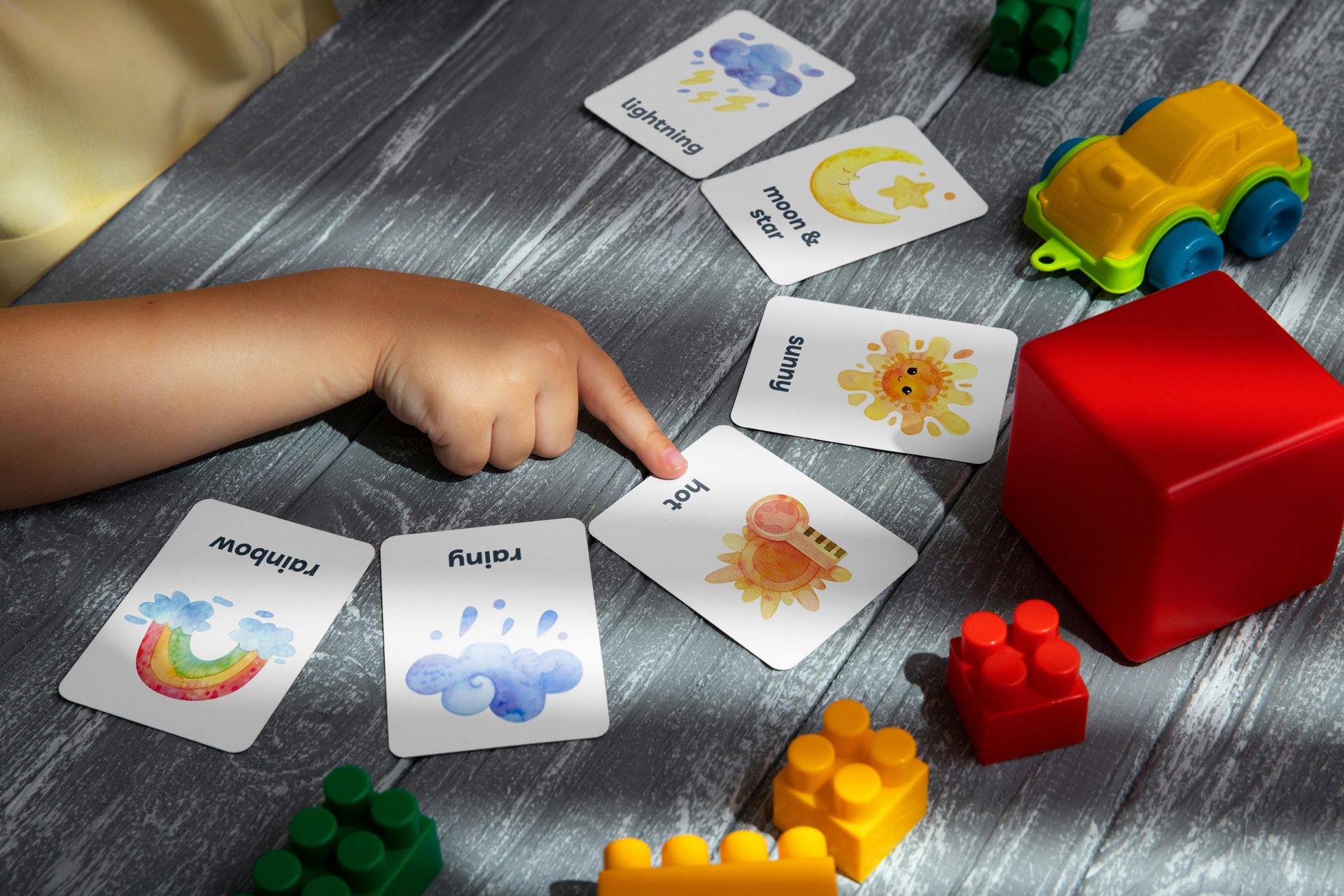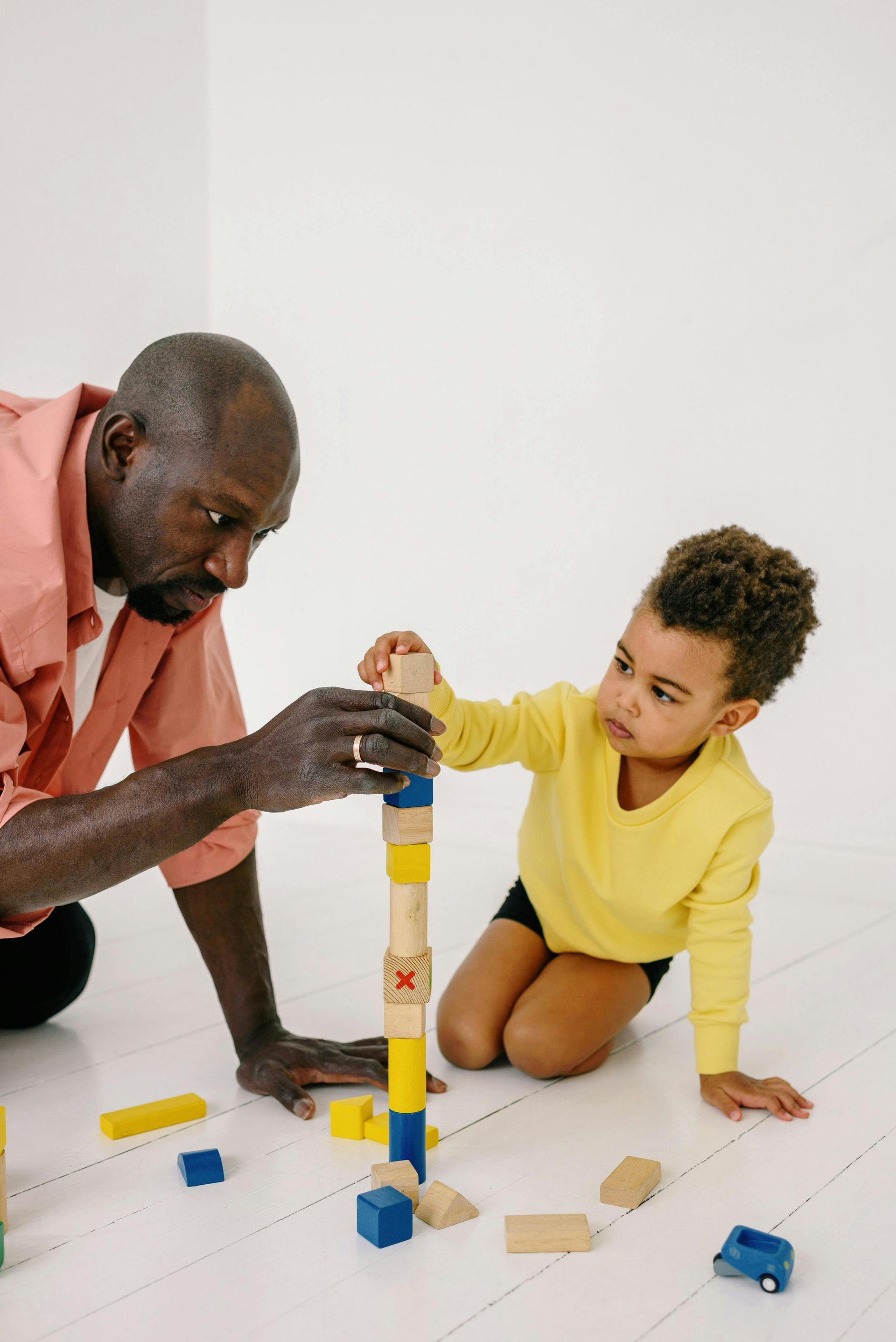STRATEGIES TO HELP WITH REPETITIVE BEHAVIORS
Strategies to Help with Repetitive Behaviors M. Ashley Hambrick M.Ed., BCBA, LBA
Repetitive Behaviors
This can be a tough one to treat because children and adults often engage in these behaviors to get internal feedback (like biting your fingernails when you’re nervous). When you can’t control the feedback that someone is receiving, it can be challenging to make the behavior go away.
I’ve had several clients in the past eight years that engage in some type of stereotypy. I just read a great article that had some awesome, evidence-based tips. It’s a literature review titled Evidenced-Based Behavioral Interventions for Repetitive Behaviors in ASD (Boyd, A., McDonough, S., & Bodfish, J., 2012). Click here to read the full article. http://www.ncbi.nlm.nih.gov/pmc/articles/PMC3709868/











